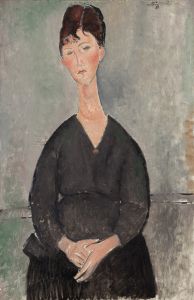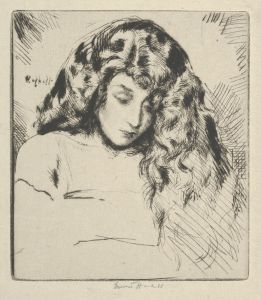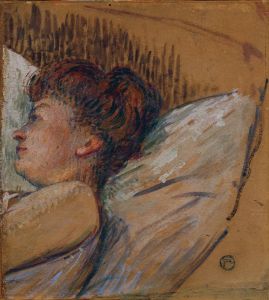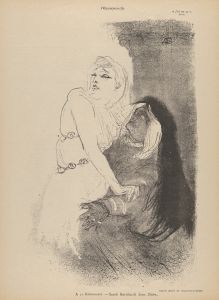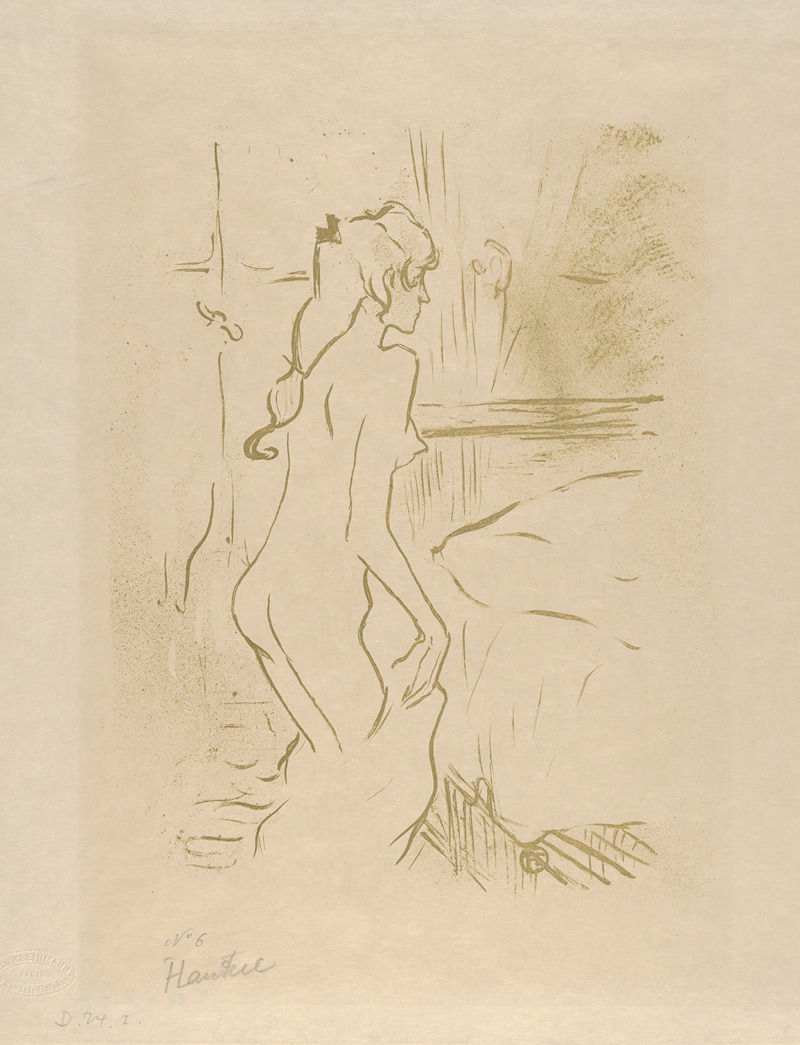
Study of a Woman
A hand-painted replica of Henri de Toulouse-Lautrec’s masterpiece Study of a Woman, meticulously crafted by professional artists to capture the true essence of the original. Each piece is created with museum-quality canvas and rare mineral pigments, carefully painted by experienced artists with delicate brushstrokes and rich, layered colors to perfectly recreate the texture of the original artwork. Unlike machine-printed reproductions, this hand-painted version brings the painting to life, infused with the artist’s emotions and skill in every stroke. Whether for personal collection or home decoration, it instantly elevates the artistic atmosphere of any space.
Henri de Toulouse-Lautrec, a renowned French painter and illustrator of the Post-Impressionist period, is celebrated for his depictions of Parisian nightlife and his ability to capture the essence of human character. Among his many works, Study of a Woman is a lesser-known but significant example of his artistic exploration of the human form.
Study of a Woman is a drawing or painting (specific medium varies depending on the source) that showcases Lautrec's mastery of line and form. The artwork focuses on a single female figure, rendered with the artist's characteristic economy of detail and expressive style. Toulouse-Lautrec often worked with live models, and this piece reflects his interest in portraying the natural, unembellished human body. The subject is depicted in a candid and intimate manner, a hallmark of Lautrec's approach to portraiture and figure studies.
The exact date of creation for Study of a Woman is not definitively documented, but it is believed to have been produced during the late 19th century, a period when Lautrec was actively creating works that explored both the public and private lives of his subjects. This piece likely served as a preparatory study or an independent exploration of form, as Lautrec frequently created sketches and studies to refine his understanding of anatomy and movement.
Toulouse-Lautrec's work is often associated with the bohemian culture of Montmartre, Paris, where he lived and worked. His art captures the vibrancy and complexity of this environment, and his studies of women—whether dancers, performers, or everyday individuals—reflect his deep interest in the human condition. While Study of a Woman does not appear to be tied to a specific commission or larger project, it exemplifies the artist's dedication to observing and portraying the subtleties of human expression.
As with many of Lautrec's works, Study of a Woman demonstrates his innovative use of line and his ability to convey emotion and personality with minimal detail. The piece is a testament to his skill as a draftsman and his unique perspective on the world around him.
Further details about the provenance or current location of Study of a Woman are not widely documented, and the artwork may reside in a private collection or museum. Toulouse-Lautrec's extensive body of work continues to be studied and celebrated for its influence on modern art and its enduring ability to connect with viewers on a personal level.





